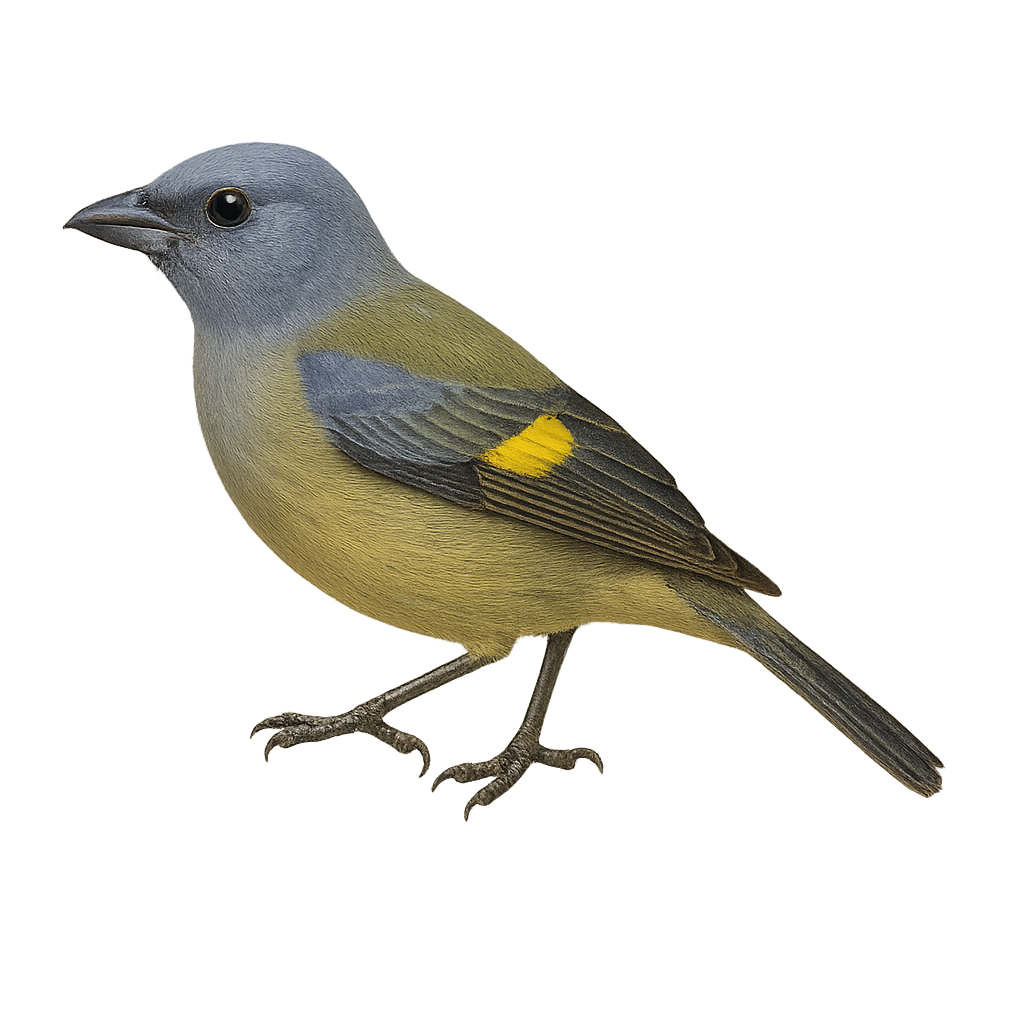Your wildlife photography guide.
Explore the yellow-winged tanager in detail, study its behavior, prepare your shots.
Where to observe and photograph the yellow-winged tanager in the wild
Learn where and when to spot the yellow-winged tanager in the wild, how to identify the species based on distinctive features, and what natural environments it inhabits. The WildlifePhotographer app offers tailored photography tips that reflect the yellow-winged tanager’s behavior, helping you capture better wildlife images. Explore the full species profile for key information including description, habitat, active periods, and approach techniques.
Yellow-winged Tanager
Scientific name: Thraupis abbas

IUCN Status: Least Concern
Family: THRAUPIDAE
Group: Birds
Sensitivity to human approach: Suspicious
Minimum approach distance: 10 m
Courtship display: April to May
Incubation: 13-15 jours
Hatchings: April to June
Habitat:
Tropical forests, subtropical forests, forest edges
Activity period :
Primarily active during the day, with peak activity in the morning and late afternoon.
Identification and description:
The Yellow-winged Tanager, or Thraupis abbas, is a colorful and fascinating bird found primarily in the tropical and subtropical forests of Central America. This medium-sized passerine boasts a striking plumage, with distinctive yellow wings contrasting against its blue-gray body. Males and females exhibit little sexual dimorphism, although males are often slightly more vibrant. The Yellow-winged Tanager is a sociable bird, often seen in small groups, feeding mainly on fruits but also on insects. Its melodious and varied song is a delight for birdwatchers. Although relatively common in its natural habitat, it is essential to preserve the forests where it resides to ensure its long-term survival.
Recommended lens:
400 mm – adjust based on distance, desired framing (portrait or habitat), and approach conditions.
Photography tips:
To photograph the Yellow-winged Tanager, it is advisable to use a telephoto lens of at least 400mm to capture detailed images without disturbing the bird. Look for it in tropical and subtropical forests, where it often moves in small groups. Be patient and discreet, as this bird can be suspicious. Take advantage of the early morning or late afternoon hours to benefit from soft, natural light. Don't forget to check forest edges, where it is often easier to observe.
The WildlifePhotographer App is coming soon!
Be the first to explore the best nature spots, track rutting seasons, log your observations, and observe more wildlife.
Already 1 432 wildlife lovers subscribed worldwide

